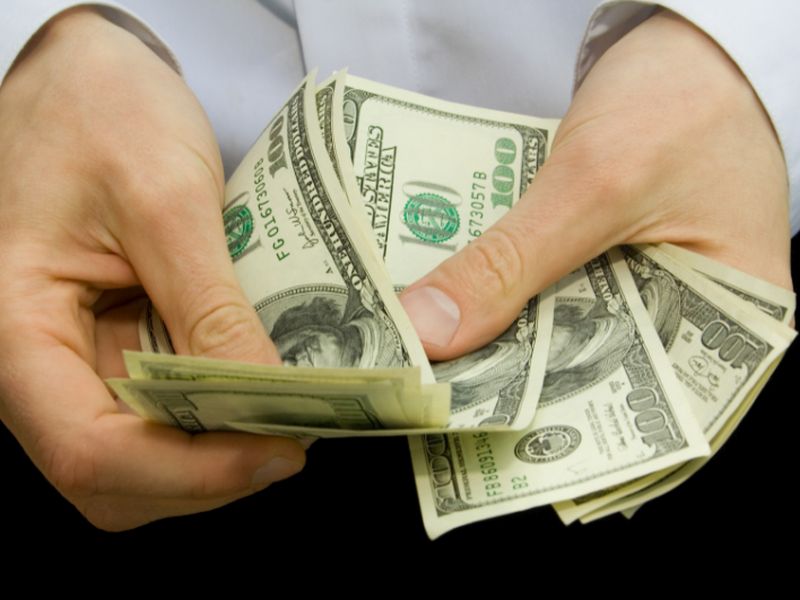
Many older cancer drugs took a bigger bite out of Medicare and older Americans’ wallets last year than five years earlier, a new analysis finds.
After adjusting for inflation, nearly two-thirds of 86 cancer medicines in the study had price increases between 2010 and 2015, researchers reported.
Eleven drugs more than doubled in price, and older drugs increased more than newer drugs, the study found.
The study included oral and intravenous chemotherapy drugs covered by Medicare Part B. Medicare is the federal health insurance plan for people 65 or older.
“Higher costs lead to higher copays,” said study co-author Dr. Sham Mailankody. He’s a medical oncologist at Memorial Sloan Kettering Cancer Center in New York City.
“And empiric research suggests higher copays lead to treatment delays or discontinuation,” he added.
Patients with Medicare Part B coverage are responsible for up to 20 percent of the cost of these medicines.
Stacie Dusetzina, assistant professor of pharmacy and public health at the University of North Carolina at Chapel Hill, finds the price increases concerning.
“Patients who don’t have a supplemental health insurance plan to help them with out-of-pocket costs will pay more as the price goes up,” she said.
About 19 percent of Medicare enrollees lack that coverage, noted Dusetzina, who was not involved with the study.
When researchers split cancer drugs into two groups by their date of approval, older medicines jumped nearly 23 percent in price. That compared with a 6 percent bump for newer treatments.
“Raising the price of older drugs seems particularly objectionable when one considers that the outlay for research and development occurred long ago, and has almost certainly already been recouped,” the study authors wrote.
Moreover, drug prices were unrelated to the drugs’ benefits, they said.
The findings were published online Oct. 6 in JAMA Oncology.
Public scrutiny of older drug prices has intensified in the wake of recent dramatic price hikes.
Former Turing Pharmaceuticals CEO Martin Shkreli faced price-gouging accusations after bumping the price of Daraprim (pyrimethamine), an HIV and cancer drug, by more than 5,000 percent — from $13.50 to $750 a pill.
More recently, the price of a two-pack EpiPen, a standby treatment for life-threatening allergic reactions, increased from $100 to $600.
Mailankody and lead author Dr. Vinay Prasad wanted to see whether price hikes for older cancer drugs are a common problem. Prasad is with Oregon Health & Science University’s Knight Cancer Institute.
From a list of Medicare Part B drugs and their average wholesale prices, the researchers identified 86 anticancer medicines. After adjusting for inflation, they compared differences in average prices for equivalent amounts of a drug from January 2010 to January 2015. They found price hikes in 64 percent of cases.
One striking increase: The price of 100 milligrams of the chemotherapy drug carmustine rose from roughly $177 in 2010 to $1,982 in 2015, Mailankody noted.
Carmustine was approved in the United States in 1977, according to the U.S. Food and Drug Administration.
The budgetary impact of rising cancer drug prices can be “quite large,” the study authors found.
Take oral cyclophosphamide, approved in 1959. Its inflation-adjusted price leapt 300 percent during the study period. But in absolute dollar terms, Medicare spending on this drug climbed from $1 million to $90 million, the researchers found.
Mailankody said the price increases may be partly due to a dearth of generic alternatives.
Holly Campbell, senior director of communications for Pharmaceutical Research and Manufacturers of America, agreed.
“The authors’ focus on price increases in older medicines underscores the need to increase competition among generic medicines,” she said.
Cancer medicines represent about 1 percent of overall health-care spending, Campbell said, adding this growth is expected to remain below 2 percent through 2020.
Often, though, the rationale for price hikes is unclear, due to a lack of transparent drug pricing and Medicare’s inability to negotiate drug prices with manufacturers, Mailankody said.
Added Dusetzina, “I think the basic answer is that prices are increasing because they can. There is nothing to stop them.”
More information
For help managing cancer’s financial challenges, visit the Cancer Financial Assistance Coalition.
Source: HealthDay

Leave a Reply